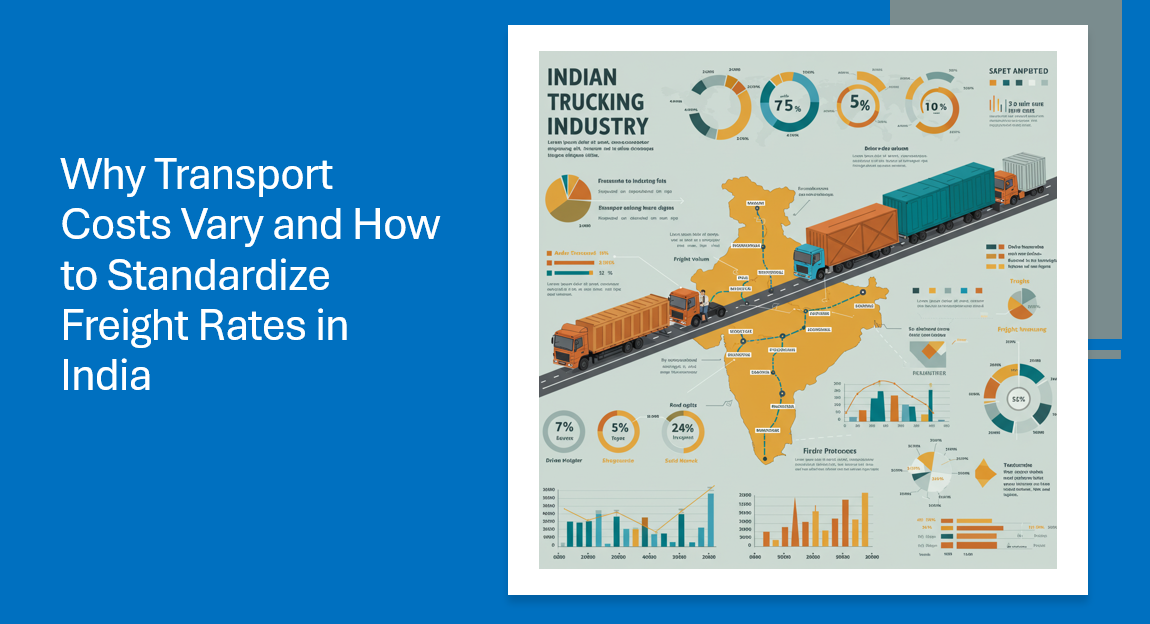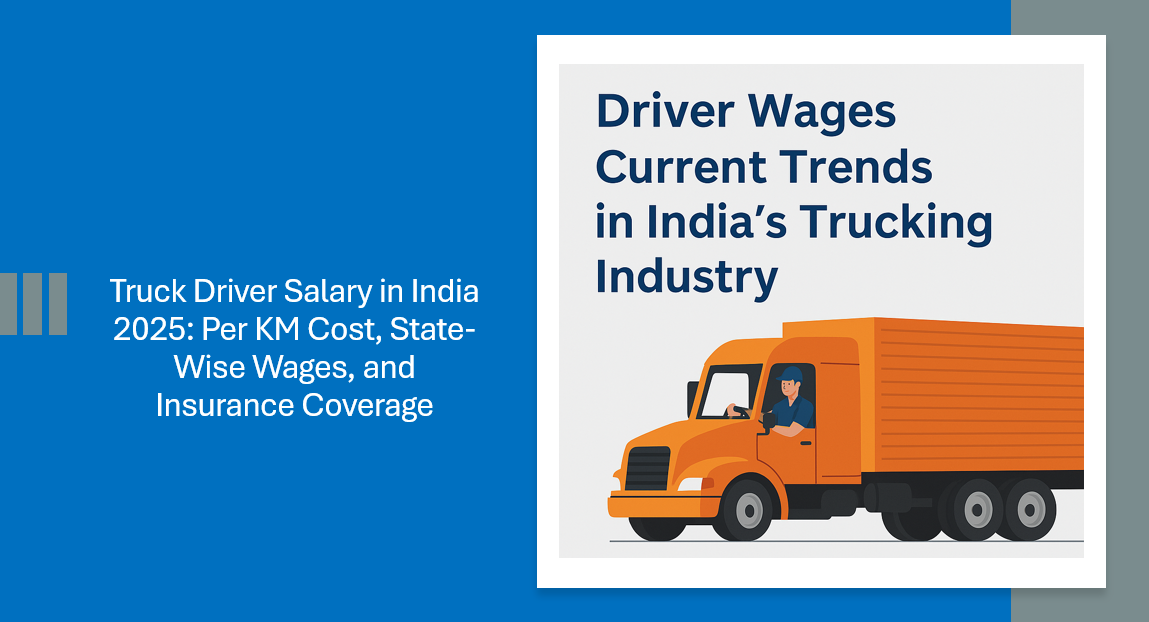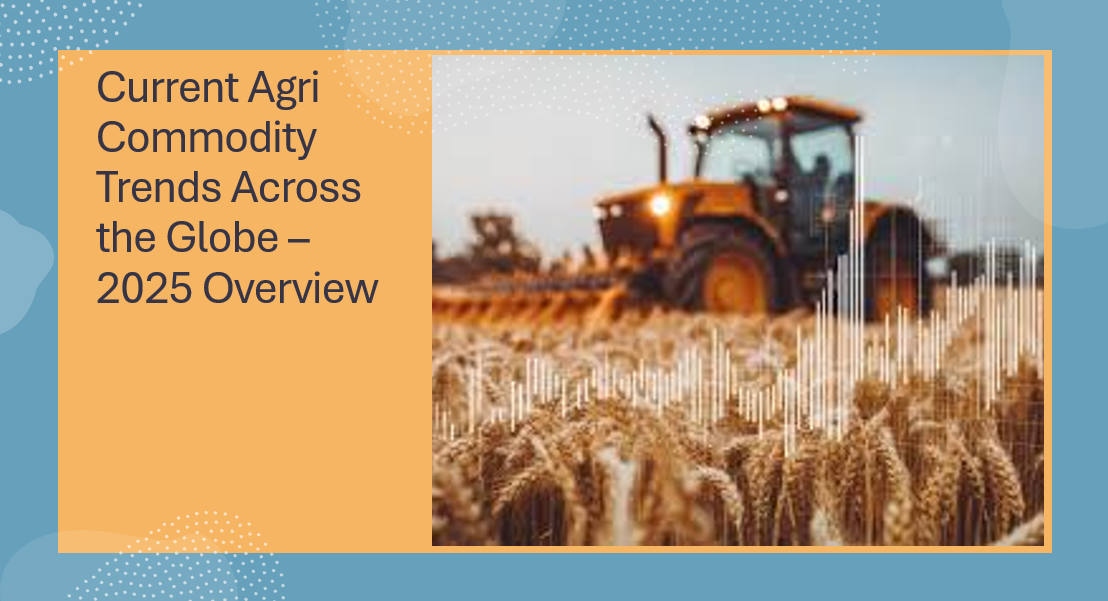When discussing freight in India, one term that always floats around is “market rate.” But what exactly does that mean? Isn’t transport cost just a fixed cost per kilometer?
The reality is a bit more complex. Let’s break it down and explore real-world dynamics behind freight pricing—and how the industry can move toward standardization.
1. Cost per Km Isn’t One-Size-Fits-All
At the core, transport cost is calculated on a per kilometer basis, but this isn’t uniform.
Why? Because of:
- Vehicle Type: A 32FT multi-axle consumes more fuel and has higher maintenance than a 19FT vehicle.
- State Differences: Fuel prices and toll charges vary across states. For example, diesel in Maharashtra might cost Rs. 94/litre while in Gujarat it may be Rs. 89/litre.
- Driver Wages: Wages vary based on skill, region, and union rules. A driver in North India may earn more than one in the South due to scarcity or regulatory frameworks.
- GST & Compliance: Some states are stricter with documentation, which adds to waiting time and cost.
2. The Demand-Supply Play: Why “Market Rate” Is a Myth and Reality
Let’s say you’re moving goods from Chennai to Hyderabad.
- Onward Load (Chennai to Hyderabad): High demand from industrial zones, tight timelines, heavy volume—Rs. 38 per km
- Return Load (Hyderabad to Chennai): Low demand for return cargo, vehicle may run empty—Rs. 22 per km
Real Case:
In the textile belt of Tirupur, trucks going to Delhi for exports have full loads, but the return trip often sees empty running, unless matched with another sector’s demand (e.g., rice from Haryana). This imbalance makes freight volatile.
3. Why Standard Freight Is Hard to Achieve
- Fragmented Transport Market: 85% of India’s trucking sector is owned by small fleet operators (1–5 trucks). Price setting isn’t centralized.
- Lack of Reverse Planning: Many shippers don’t plan for return load optimization.
- No Real-Time Market Visibility: Very few use platforms or tools to match freight in real-time with available trucks.
4. How Can We Minimize Freight Difference and Move Towards Standardization?
Here are five practical strategies:
✅ 1. Adopt a “Should-Cost” Model
Use vehicle running cost benchmarks (Rs/km for each vehicle type) + lane-specific data (toll, fuel, detention) to arrive at a fair base rate. Maersk and a few large 3PLs already use this in tenders.
✅ 2. Use Tech for Lane Matching
Platforms like BlackBuck and Rivigo (Relay) have worked on reducing empty miles by connecting return loads. Freight brokers and shippers should leverage tech tools and spot market dashboards.
✅ 3. Demand Aggregation Across Shippers
Standardize rates in dense corridors by combining demand. E.g., Combine FTL movement for FMCG, Pharma & Auto sectors on Pune-Chennai corridor.
✅ 4. Reward Return Load Commitment
Design contracts that incentivize return load assurance. For instance, a bonus of Rs. 2/km if return load is committed during vehicle deployment.
✅ 5. Policy-Level Reform
- Set up lane-based freight index (like Agmarknet for agri)
- Encourage shared freight models through GST incentives
- Formalize driver working hours and minimum wage policy across states
Conclusion: Freight Isn’t Just Rs/km – It’s a Story of Data, Demand & Discipline
Calling it “market rate” masks the real inefficiencies in our system. With more transparency, collaboration, and tech adoption, India can move towards standardized, fair, and sustainable freight pricing.
Looking for Smarter Freight Planning?
At ANVE Global, we work closely with shippers and transporters to reduce cost-per-km gaps using data models, lane insights, and return load strategies.
➡️ Visit: www.anveglobal.com
➡️ Share your freight enquiry: info@anveglobal.com
➡️ Follow us on LinkedIn: ANVE Global







Leave a Reply